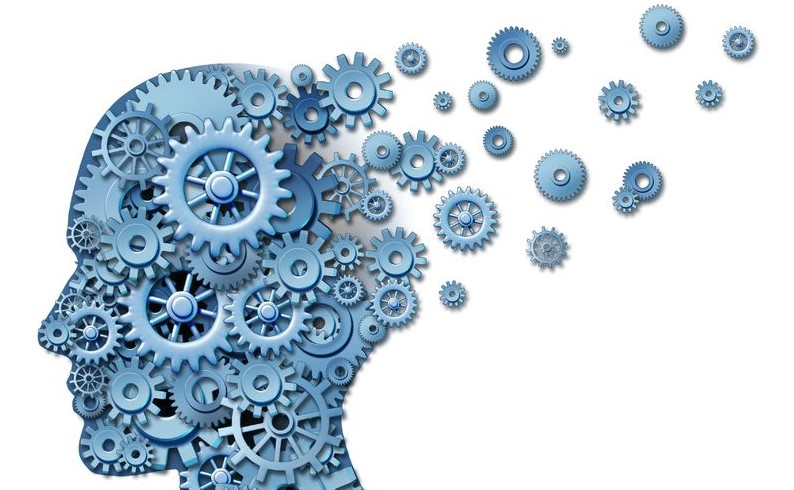Translation with intelligent glossaries

For many prestigious companies it is essential to maintain uniformity in the terminology employed and in the use of language for reasons of identity or branding, marketing or corporate strategy. Terminological consistency is one of the keys to cohesion between a company’s different textual mediums. What image would a company project if it uses different terms to refer to the same thing, when marketing several different products? Although many companies take this aspect into account when creating their source texts, many times there is no control in the case of their translation. Nevertheless, consistency is a sign of seriousness and one of the keys for an efficient communication.

This matter is further complicated when a product is marketed in several different countries and each one obeys its own logic and evolution (in terms of marketing, for example). As we will see in this blog, one of the most useful tools to maintain effective and consistent multilingual communication is the use of intelligent glossaries during the translation process.
Intelligent glossaries and CAT tools
Computer Assisted Translation (CAT) tools are computer programmes used by professional translators, translation companies and corporate translation departments. Such programmes make it possible to store, browse, extract and create linguistic resources such as human translation databases (known in professional jargon as translation memories) as well as terminological databases or intelligent glossaries.

The most effective way of ensuring that translators use a company’s in-house term is to incorporate glossaries into CAT tools. Of course, this implies that there is already an existing glossary within the company’s communication strategy, used to produce the source documentation. A lack of consistency within the actual source documentation is one of the problems that is often reflected in the translation. Nowadays, a large proportion of translation software on the market (or CAT tools) enables the automatic recognition (in a more or less effective manner) of the terms exported from glossaries to a terminological database.
To begin with, the greatest use that can be given to translation software in this context is being able to immediately consult the terminology used in previous translation projects. However, the possibility of creating a terminological database with the automatic recognition of terms (or intelligent glossary) far exceeds the advantages of a simple human translation database (or translation memory).
Distortion and inconsistencies: problems related to translation memories

As new translations are added to human translation databases (or translation memories) over the years, changes are often introduced with regards to the use of terms. These changes to the translation are usually made for two main reasons: firstly, if translators do not consult the previously translated terms in the human translation database, they may opt for another equally accepted synonym or term. Therefore, over time, there will be several options for what was a single term in the source text; secondly, diachronic evolution is a natural phenomenon: terms vary and language is constantly evolving.

Within a company context, the evolution of terms can have several different explanations: decisions made by the marketing team, technological advances, industry-based lexical variations... In fact, there are several examples of changes introduced into a specific sector due to an incorrect translation which took root and became the norm (nowadays, the majority of such terms are anglicisms, given that English has the greatest influence over all other languages, for obvious reasons).
However, let’s get back to the question at hand: terminological consistency in the translation of a company’s documentation and messages. When a human translation database becomes distorted, creating an intelligent glossary to guide the translator when making decisions is the most efficient strategy to meet this objective.
What are terminological databases? And intelligent glossaries?
As I already mentioned earlier, terminological databases (or simply glossaries if you prefer) that are incorporated into assisted translation tools help translators by indicating terms that appear in the glossary. In this way, translators avoid the often fruitless task of having to check the human translation database.

I say fruitless because to consult a human translation database translators must select the term and perform a manual concordance search, while in the case of intelligent glossaries, terms will appear automatically and will be highlighted in the source text for translators to take into account.

In this screenshot, we can see how SDL Studio (the leading computer assisted translation tool on the market) highlights a term that appears in the glossary for the translator to take into account. When I refer to intelligent glossary, I am talking about a glossary that is incorporated into a CAT tool that automatically points out glossary terms to translators when they appear in the text requiring translation. The majority of professional translators and translation companies or agencies work with such tools, although it does usually represent an added service as it implies a greater amount of management compared to the standard process.
Intelligent glossaries help to control the quality of a translation
Integrating a terminological database in the translation workflow with a translation tool, in other words, an intelligent glossary, enables the project manager at a translation company or agency, or at the translation and documentation department of the actual company, to perform quality control, making it possible to check whether the translator has respected the glossary terms during the translation. This extremely useful function enables a greater degree of control over the terminology by automatically generating reports demonstrating the discrepancies between the terminology employed in the translation and the glossary-approved terminology.

Therefore, for companies whose communication strategy involves the use of glossaries to maintain the consistency of their message for all of their products and communication channels, the creation of multilingual glossaries and their incorporation into assisted translation tools is the best strategy to maintain the consistency of the source text during its translation to other languages.
The added cost, in terms of human resources when multilingual intelligent glossaries are managed in-house, is relatively low in relation to the added value provided by the greater terminological effectiveness which can be achieved during the translation process. When this management is outsourced to a translation company (or translation agency), it is possible to negotiate this step when providing the translation company with an approved corporate multilingual glossary, taking into account that we will be saving a great deal of terminological work that they would otherwise have to do.
Other articles you may be interested in:

Josh Gambin holds a 5-year degree in Biology from the University of Valencia (Spain) and a 4-year degree in Translation and Interpreting from the University of Granada (Spain). He has worked as a freelance translator, in-house translator, desktop publisher and project manager. From 2002, he is a founding member of AbroadLink and is the Head of Sales and Strategy of the company.




Add new comment